As brands compete to stay ahead of the curve, one thing is clear: understanding the consumer is key. Market research has long relied on in-depth interviews to uncover insights that other methods can’t match. However, a more specific method is telephone depth interviews (TDIs). These interviews are a game-changer for brands looking to connect with consumers in diverse markets.
In-depth interviews conducted over the phone are referred to as Telephone Depth Interviews (TDIs) or Telephone In-Depth Interviews (IDIs). These terms are interchangeable and describe one-on-one conversations between a moderator and a respondent over the phone. TDIs or IDIs use the same structured approach as in-person, in-depth interviews. They are particularly useful in market research, especially when participants are difficult to reach, or the subject matter is complex.
TDIs are quickly becoming essential for any company serious about staying ahead of the competition.
Telephone interviews are not new, but their application of in-depth research is gaining traction for several compelling reasons. The digital age has brought about a shift in consumer accessibility—where once geographic location might limit participant pools, TDIs can now bridge these gaps efficiently. This method allows researchers to tap into a broader demographic, reaching people in bustling urban and remote rural areas.
The economic angle also cannot be ignored. TDIs eliminate the need for physical space and travel, reducing overhead costs significantly. According to a recent industry report, companies using telephone interviews reported up to 50% savings on their research budgets compared to those relying solely on face-to-face methods. Such savings are crucial, allowing firms to reallocate funds toward analysing data and implementing insights, thus speeding up the time-to-market for new solutions tailored to consumer needs.
The Advantages of Telephone Depth Interviews
Convenience and Flexibility
- Ease of Scheduling and Conducting Interviews
TDIs streamline setting up interviews, removing the complexities of coordinating in-person meetings. For example, a U.S.-based market research firm reported that scheduling calls with participants across different time zones in North America and Europe was significantly simplified, reducing the setup time from weeks to just a few days.
- Lack of Geographical Constraints
The reach of TDIs transcends borders, enabling researchers to connect with subjects regardless of their physical location. This has proven particularly valuable in studies involving diverse populations spread across vast regions, such as in Asian countries like India and China, where urban and rural communities often have starkly different lifestyles and perspectives.
- Reduced Preparation and Logistical Needs
Unlike face-to-face interviews that require venue arrangements, travel plans, and often complex logistics, TDIs need only a reliable telephone connection. This simplicity allows teams to focus more on the content of the interviews rather than the logistics, enhancing the quality of the data collected.
Broader Reach and Diversity
- Ability to Include Participants from Varied Locations
TDIs remove distance barriers, e.g., a study on consumer behaviour in Southeast Asia that included participants from isolated rural areas and densely populated cities, providing richer insights.
- Access to a Diverse Demographic Pool
The ease of dialling in from anywhere has opened doors to demographics that were previously underrepresented in market research due to geographical or socioeconomic barriers. Researchers can now hear from elderly populations in Japan, tech-savvy youth in South Korea, and time-strapped professionals in urban centres like London or New York, all within the same study.
Cost-Effectiveness
- Comparison of Costs Between In-Person and Telephone Interviews
The cost differences between in-person and telephone interviews are stark. Conducting in-person interviews involves direct expenses like venue rentals, and participant travel reimbursements, and indirect costs such as staff travel time and expenses. Telephone interviews, however, primarily require a telecommunication setup, which is minimal in comparison. Many multinational companies have saved a substantial percentage of their market research budgets by switching from in-person to telephone interviews for projects spanning several countries.
- Reduced Travel and Venue Costs
With TDIs, the expenditure on travel and venues becomes virtually non-existent. This not only cuts down costs but also reduces the carbon footprint of the research activities, aligning with the sustainability goals of many modern organisations.
- Ability to Allocate Resources to Other Research Areas
The money saved on logistics can be redirected toward more critical aspects of market research, such as data analysis and subsequent strategy development. Firms find that with the funds freed up by TDIs, they can invest in advanced analytical tools and technologies, further enhancing the value derived from their research efforts.
Unique Insights through Telephone Communication
Voice-Centric Insights
- Voice Interpretation Helps Gain Nuanced Insights
In telephone-depth interviews, the absence of visual cues shifts the focus to auditory information, making voice tone, pace, and inflexions crucial in understanding respondents’ emotions and reactions. Researchers can pick up on subtle verbal signals indicating hesitation, excitement, or discomfort, which might be less apparent in written surveys or face-to-face settings where visual cues can overshadow vocal subtleties. This is particularly useful in emotional or sensitive topics where voice dynamics can reveal deeper layers of meaning.
- Urban vs. Rural Variations in Communication Styles and Their Implications
Communication styles vary significantly between urban and rural populations, influenced by education levels, exposure to diverse cultures, and lifestyle speeds. Urban dwellers often exhibit faster speech patterns and may use more contemporary language, whereas rural speakers might use a more relaxed pace and traditional dialects. These differences can influence how questions are framed and understood. For instance, a market research firm found that rural participants in India responded better to questions in a more narrative style, contrasting with the more direct and succinct questions preferred in urban areas like Mumbai or Bengaluru.
Privacy and Anonymity
- The Impact of Perceived Anonymity on Participant Openness in Different Cultural Contexts
Telephone interviews often enhance participants’ willingness to disclose sensitive or personal information due to the perceived anonymity of not being physically seen. This aspect is particularly pronounced in cultures where confrontation or discussions on specific topics might be socially stigmatised. For example, participants from conservative regions in the Middle East were found to be more open to discussing personal consumption habits over the phone than they would be in a face-to-face interview setting.
You might also want to watch our video on “Navigating Cultural Nuances in Global Market Research” by Bianca Abulafia from our U.K. office. It explores the complex interplay between culture and research methodologies across various global contexts.
- Urban vs. Rural Perspectives on Privacy During Telephone Interviews
Attitudes toward privacy can vary significantly between urban and rural settings. In urban areas, where concerns about data privacy are heightened due to frequent exposure to technology and media, participants may be more cautious and require clear assurances about using their information. In contrast, rural participants might be less familiar with privacy policies but could be more trusting once the purpose and confidentiality of the study are explained to them. This was evident in a survey across the United States, where urban participants frequently requested detailed information about data security, unlike their rural counterparts, who were more focused on the context of the questions.
Methodological Considerations for TDIs
Developing Rapport Over the Phone
- Techniques for Building Trust Across Diverse Settings
Building rapport in telephone interviews begins with the interviewer’s ability to convey warmth and competence through their voice alone. Techniques such as mirroring the participant’s speech tempo and using affirmative language can help establish a connection quickly. Also, beginning the conversation with non-intrusive, general questions can ease participants into the interview, particularly in cultures where direct questioning might be considered confrontational.
- Challenges and Strategies in Different Economic Contexts
Economic disparities can influence how trust is built during interviews. In wealthier, more developed areas, participants might be more sceptical about the intentions behind data collection and thus require clear, transparent communication regarding the use of their responses. Conversely, in less economically developed regions, interviewers might need to spend more time explaining the research’s purpose and the process’s anonymity to overcome mistrust or unfamiliarity with market research practices.
Question Design and Interview Structure
- Adapting Questions for Clarity and Engagement Over the Phone
Telephone interview questions must be particularly clear and concise to avoid misunderstandings that can arise without visual aids. Simple, jargon-free language and breaking complex ideas into multiple, straightforward questions can enhance clarity. Engaging the participant with occasional summarising or reflective questions can also help maintain their interest and ensure they feel heard, thereby improving the quality of the responses.
- Structuring Interviews Differently in Urban vs. Rural and Developed vs. Developing Areas
The structure of telephone interviews might require tailoring based on the participant’s location and socio-economic background. Urban and developed areas might see a faster-paced interview with more direct and technology-related questions being acceptable. In contrast, rural and developing areas may require a slower pace and more context to each question to accommodate different educational levels and technological exposure.
Technological Aspects
- Technological Barriers in Rural and Developing Regions
Technological limitations are a significant concern in rural and developing regions where connectivity might be inconsistent. Preparing for these challenges involves selecting the right time for interviews when connectivity is best, providing instructions for reconnection in case of a call drop, and possibly using more robust communication platforms that work well in low-bandwidth areas.
- Ensuring Effective Communication Despite Infrastructure Challenges
Effective communication over the phone requires good sound quality and minimal disruptions. Interviewers should use high-quality calling equipment and services to minimise technical issues. Additionally, having backup communication plans, such as alternative phone numbers and pre-agreed rescheduling protocols, can help manage interruptions gracefully and maintain the interview flow.
Challenges and Limitations
Lack of Visual Cues
- The Impact in Different Settings
The absence of visual cues in telephone interviews can be particularly challenging in cultures where non-verbal communication is significant in conveying meaning, such as in many Asian and Middle Eastern countries. Without the ability to observe body language, gestures, or facial expressions, nuances in communication might be missed, potentially affecting the depth and accuracy of insights gained.
- Adaptation Strategies for Various Economic Contexts
In more affluent regions with access to advanced technology, interviewers can supplement TDIs with visual aids sent via email or mobile apps, which can help guide the conversation and provide visual context when needed. In contrast, interviewers may rely more on descriptive language and careful probing to ensure clarity and comprehension in less developed areas, adjusting their interview techniques to verbal cues alone.
Potential for Distractions and Disengagement
- Common Distractions Unique to Urban and Rural Settings
In urban environments, the distractions may include background noise from traffic or other household electronics, which can interrupt the flow of conversation. In rural settings, interviews might be disrupted by factors such as agricultural activities or the lack of private space, leading to interruptions by family members or community activities.
- Engagement Strategies Tailored to Different Economic Conditions
To minimise distractions and maintain engagement, researchers can employ several strategies tailored to the context:
Urban Settings: Schedule interviews when background noise is minimised, provide clear instructions on finding a quiet location, and use engaging interview techniques such as varied question types to keep the conversation lively.
Rural Settings: Be flexible with scheduling to accommodate the participant’s availability during quieter times, possibly early morning or late evening. Build rapport by integrating familiar topics before transitioning to the main questions, which can help keep the participants focused and engaged.
The Future of Telephone Depth Interviews
As market research continues to evolve, Telephone Depth Interviews (TDIs) stand out for their current benefits and vast potential in navigating future market dynamics. The adaptability of TDIs to diverse economic and geographical terrains makes them an indispensable tool for modern marketers and researchers. This method offers a unique blend of accessibility, cost efficiency, and nuanced insight gathering that suits the complexities of today’s global market.
The benefits of Telephone Depth Interviews manifest as tangible, impactful advantages in conducting market research across various global contexts. The shift toward this methodology is not just a matter of convenience but a strategic decision that broadens the scope while saving resources, making it a smart choice for firms looking to stay competitive and comprehensive in their market understanding.
The future of TDIs looks promising as technological advancements continue to bridge the gap between different regions of the world. With improvements in telecommunication infrastructure, even the most remote areas are becoming more accessible, thereby expanding the reach of TDIs. And, as digital literacy increases globally, the potential for integrating TDIs with other technologies, such as AI-driven analytics and real-time data processing tools, could revolutionise how insights are gathered and analysed.
Market Researchers Must Adapt and Innovate with TDIs
Market researchers are encouraged to not only adopt TDIs but also to innovate with them. This involves continuously refining interview techniques, leveraging new technologies for better communication, and developing more sophisticated methods for data analysis. Researchers should also consider hybrid models, combining TDIs with other qualitative and quantitative methods to enhance the depth and breadth of their insights.
TDIs enable market researchers to connect more deeply with participants across the globe, uncovering richer, more diverse perspectives. By embracing and advancing this approach, the market research community can ensure they are keeping pace with change and driving it, delivering profound and actionable insights.
As an international market research agency operating in ten countries, we understand the critical role of connecting with diverse markets to glean valuable insights that drive business success. Our expertise in TDIs lets us comprehensively explore professional and consumer perceptions, helping brands understand the attitudes, needs, and experiences related to their products and services.
We conduct TDIs for B2B and B2C audiences and specialise in reaching those often considered hard to reach. From CEOs and CTOs to farmers and salon owners, our scope is vast and inclusive. Our team of specialist interviewers is highly skilled in building rapport, enabling us to unearth powerful insights and identify new opportunities to propel your company forward.
Connect with us to get closer to the people who matter most—your customers. Reach out to us today to learn more about how our TDI services can provide you with the insights you need to thrive in a competitive marketplace.

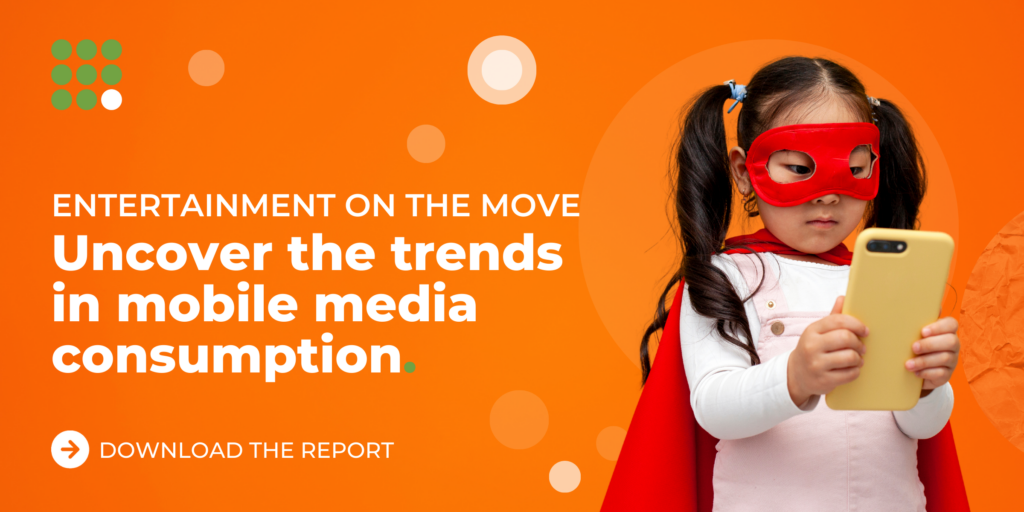




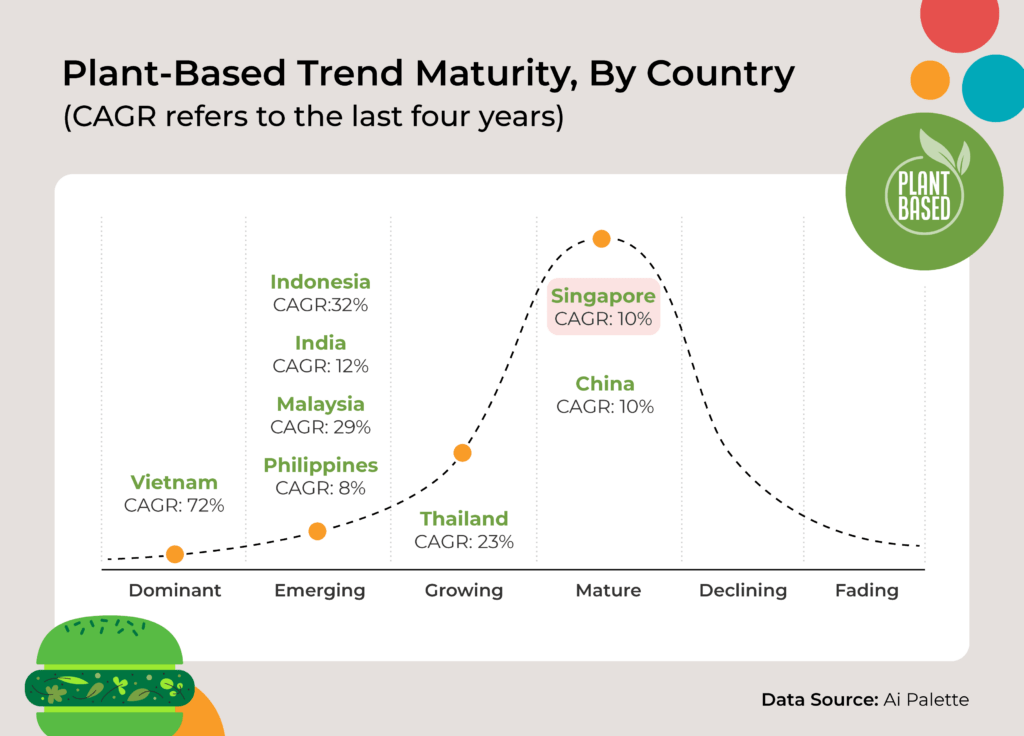

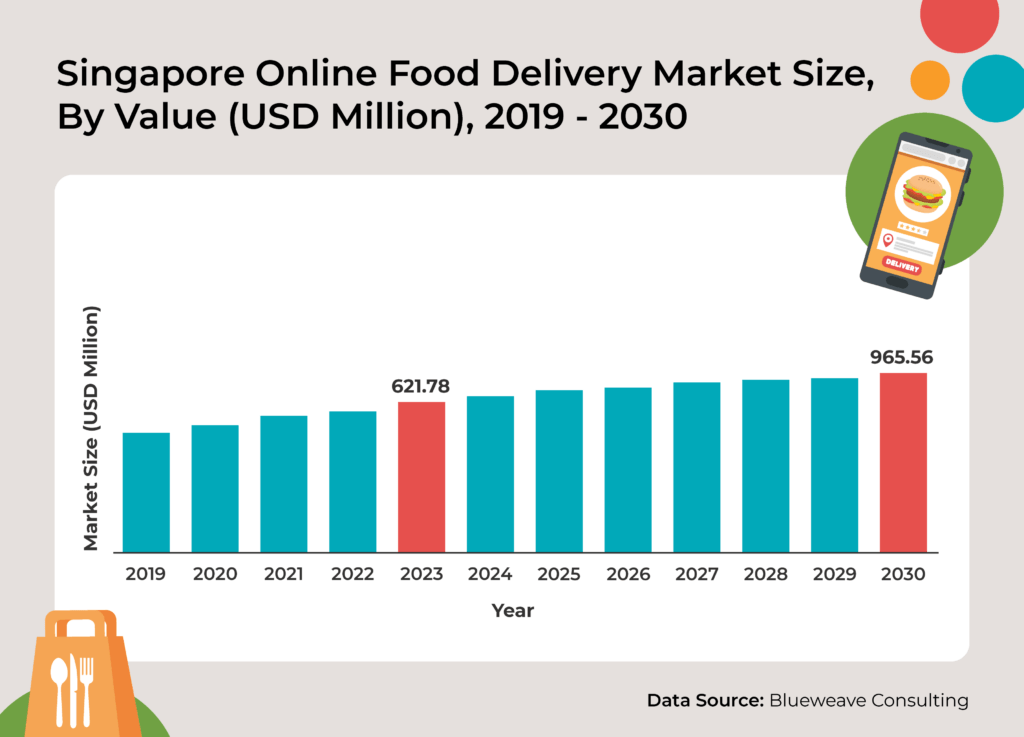

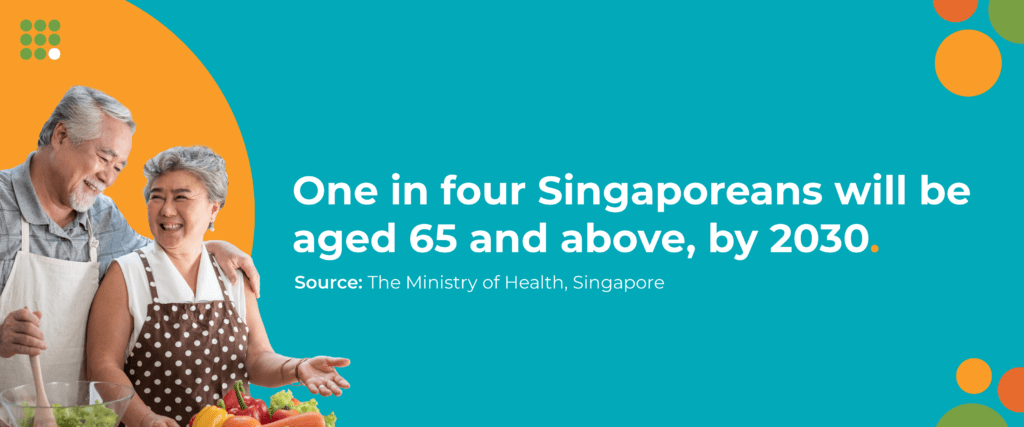

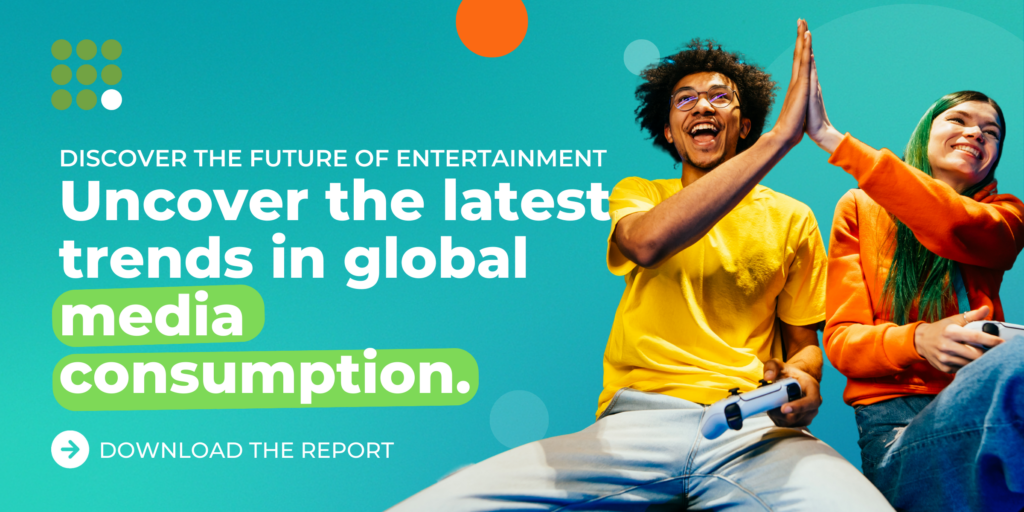

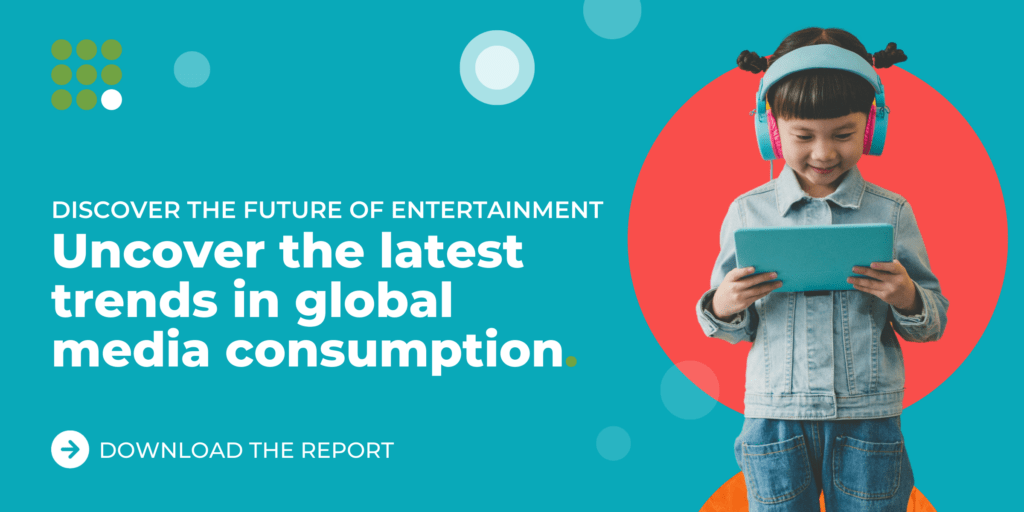




 Senior Marketing Executive
Senior Marketing Executive Sales & Marketing
Sales & Marketing General Manager PR -Internal Communications & Government Affairs
General Manager PR -Internal Communications & Government Affairs Vital Strategies
Vital Strategies
 Customer Intelligence Director
Customer Intelligence Director